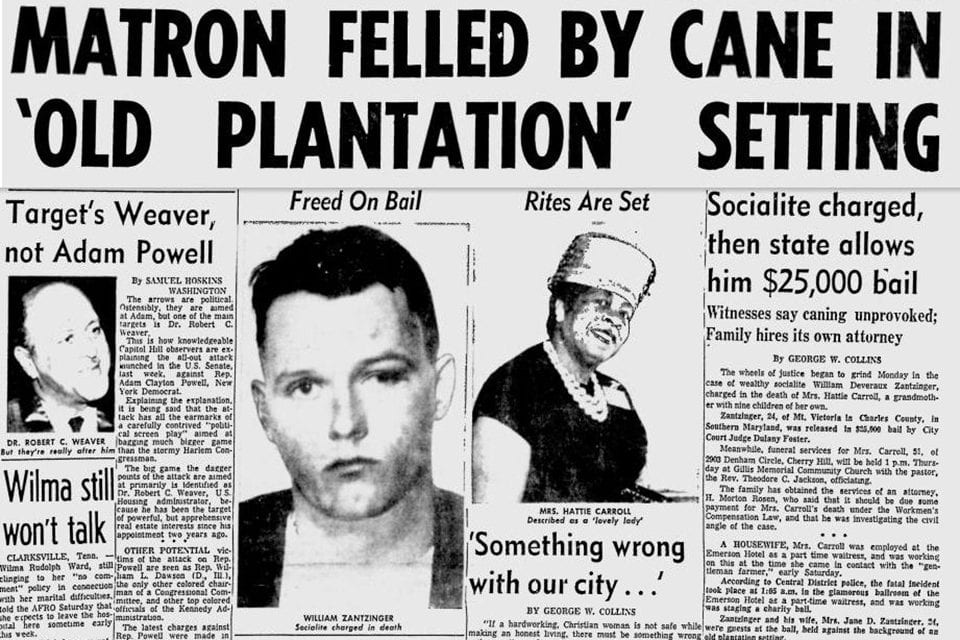Prior to early 1965 Dylan had gained growing recognition as a talented folk singer/composer moving between tender ballads, blues, and protest songs like Master of War and The Times They Are A'Changing (as well as The Lonesome Death of Hattie Carroll which THC covered two days ago).
With the three albums in 1965 and 1966, along with the sarcastic hit single Positively 4th Street (the greatest put-down song ever recorded), Dylan exploded upon a larger audience as he electrified his sound, to the bitter disappointment of some of his folk music fans, and his lyrics became more picturesque, evocative, and sometimes hallucinatory, with fewer traditional folk and protest themes. His first hit single was Like A Rolling Stone in the late summer of 1965 but by that time The Byrds had already reached #1 with a cover of Dylan's Mr Tambourine Man, unleashing an avalanche of Dylan covers by pop and rock artists over the next two years.
The albums contain three hours of music, with nary a bad tune in the mix, and a high ratio of masterpieces including:
Subterranean Homesick Blues
Maggie's Farm
Love Minus Zero No Limit
Mr Tambourine Man
Gates Of Eden
It's Alright, Ma (I'm Only Bleeding)
Like A Rolling Stone
It's All Over Now, Baby Blue
Ballad Of A Thin Man
Just Like Tom Thumb's Blues
Rainy Day Women #12 & 35
Visions Of Johanna
I Want You
Stuck Inside Of Mobile With The Memphis Blues Again (which later became the starting point for every early Bruce Springsteen song)
Just Like A Woman
Sad Eyed Lady Of The Lowlands
And this song, Desolation Row, sans electric instrumentation.
After this creative outburst, Dylan retreated to his wife and young children at his home in Woodstock NY. It would be 18 months before he reemerged with his next album, the restrained and somber John Wesley Harding. Meanwhile, unbeknownst to us, he was also in the midst of a collaboration with The Band, his touring band, on The Basement Tapes and writing some of his finest and most personally touching songs including Tears Of Rage and I Shall Be Released.
SELECTED LYRICS FROM DESOLATION ROW
They’re selling postcards of the hanging
They’re painting the passports brown
The beauty parlor is filled with sailors
The circus is in town
Here comes the blind commissioner
They’ve got him in a trance
One hand is tied to the tight-rope walker
The other is in his pants
And the riot squad they’re restless
They need somewhere to go
As Lady and I look out tonight
From Desolation Row
Cinderella, she seems so easy
“It takes one to know one,” she smiles
And puts her hands in her back pockets
Bette Davis style
And in comes Romeo, he’s moaning
“You Belong to Me I Believe”
And someone says, “You’re in the wrong place my friend
You better leave”
And the only sound that’s left
After the ambulances go
Is Cinderella sweeping up
On Desolation Row
Now the moon is almost hidden
The stars are beginning to hide
The fortune-telling lady
Has even taken all her things inside
All except for Cain and Abel
And the hunchback of Notre Dame
Everybody is making love
Or else expecting rain
And the Good Samaritan, he’s dressing
He’s getting ready for the show
He’s going to the carnival tonight
On Desolation Row
Now Ophelia, she’s ’neath the window
For her I feel so afraid
On her twenty-second birthday
She already is an old maid
To her, death is quite romantic
She wears an iron vest
Her profession’s her religion
Her sin is her lifelessness
And though her eyes are fixed upon
Noah’s great rainbow
She spends her time peeking
Into Desolation Row
Einstein, disguised as Robin Hood
With his memories in a trunk
Passed this way an hour ago
With his friend, a jealous monk
He looked so immaculately frightful
As he bummed a cigarette
Then he went off sniffing drainpipes
And reciting the alphabet
Now you would not think to look at him
But he was famous long ago
For playing the electric violin
On Desolation Row
Praise be to Nero’s Neptune
The Titanic sails at dawn
And everybody’s shouting
“Which Side Are You On?”
And Ezra Pound and T. S. Eliot
Fighting in the captain’s tower
While calypso singers laugh at them
And fishermen hold flowers
Between the windows of the sea
Where lovely mermaids flow
And nobody has to think too much
About Desolation Row
Yes, I received your letter yesterday
(About the time the doorknob broke)
When you asked how I was doing
Was that some kind of joke?
All these people that you mention
Yes, I know them, they’re quite lame
I had to rearrange their faces
And give them all another name
Right now I can’t read too good
Don’t send me no more letters, no
Not unless you mail them
From Desolation Row




